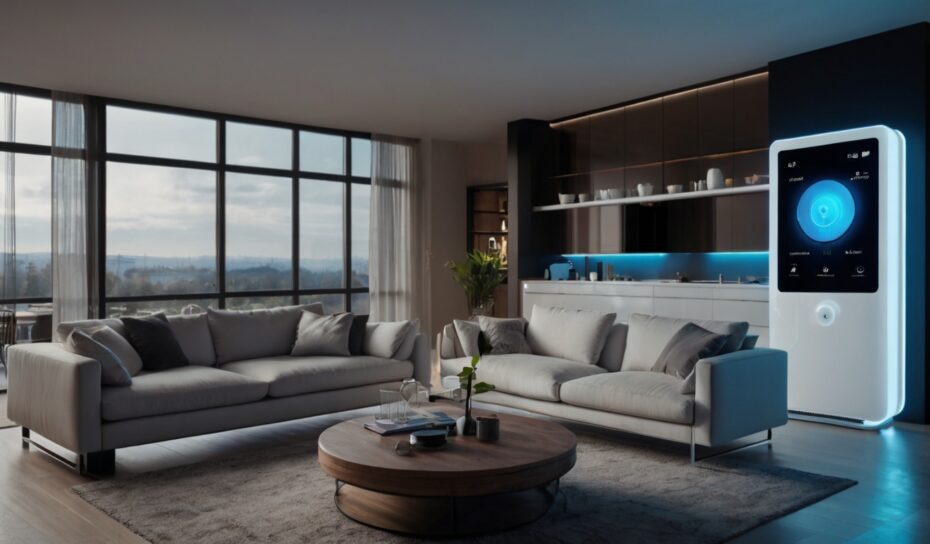Smarter Homes and Devices: The Future of Everyday Living

In today’s fast-paced digital world, our homes are getting smarter — and life is becoming easier, more efficient, and more connected. From voice-controlled lights to AI-powered security systems, smart homes and devices are no longer a luxury. They’re quickly becoming the standard for modern living.
What Are Smart Homes and Devices?
A smart home is a residence equipped with devices that can be controlled remotely via a smartphone, tablet, or voice command. These devices are connected through the Internet of Things (IoT) — a network of smart gadgets that communicate and automate various household tasks.
Common examples include smart thermostats, intelligent lighting systems, voice assistants like Alexa or Google Assistant, and automated door locks or cameras. These technologies work together to improve comfort, security, and energy efficiency.
Benefits of Smart Homes
1. Convenience and Comfort
Smart devices make daily life easier. You can control your lights, temperature, or even kitchen appliances with your voice or a mobile app. Set your coffee machine to brew automatically at 7 AM or program your blinds to close at sunset — all without lifting a finger.
2. Energy Efficiency
Smart thermostats and lighting systems can help reduce energy bills. These devices learn your habits and adjust settings automatically. For example, a smart thermostat can turn off heating or cooling when no one is home and turn it back on when you’re on your way.
3. Enhanced Security
Smart cameras, doorbells, and locks give homeowners greater peace of mind. You can monitor your home in real-time, get alerts for unusual activity, and even lock or unlock doors remotely. Some systems can recognize familiar faces or alert you when packages are delivered.
4. Remote Monitoring and Control
Whether you’re at work or on vacation, smart devices allow you to monitor and control your home from anywhere. Forgot to turn off the lights? No problem. Want to check if your door is locked? Just open your app.
5. Accessibility
Smart homes also support people with disabilities or elderly individuals. Voice-controlled lights, automatic doors, and fall-detection systems can make homes safer and more accessible for everyone.
Popular Smart Devices in 2025
As technology continues to evolve, more innovative smart home devices are emerging:
- Smart Refrigerators that track food expiration and suggest recipes.
- AI-powered voice assistants that can hold conversations and manage tasks.
- Smart mirrors that give you news updates and weather while you brush your teeth.
- Robot vacuum cleaners that map your house and clean automatically.
- Smart beds that adjust firmness based on sleep patterns.
Challenges of Smart Homes
While smart homes offer many advantages, there are also a few challenges to consider:
- Privacy Concerns: Since devices collect personal data, there are risks of data breaches and misuse.
- Compatibility Issues: Not all smart devices work seamlessly together, especially across different brands.
- Cost: Upfront costs for smart devices can be high, though they often save money over time.
- Learning Curve: Some users may find it difficult to adapt to new technology or set up devices properly.
The Future of Smart Living
Looking ahead, smart homes will become even more intuitive. Devices will use machine learning to anticipate your needs — adjusting temperature based on your mood, starting your favorite playlist when you wake up, or even detecting health issues through smart wearables.
Homes will become fully integrated ecosystems, where lighting, entertainment, climate, and security all work together, controlled by a central AI assistant. With 5G and faster internet speeds, real-time communication between devices will be more seamless than ever.







